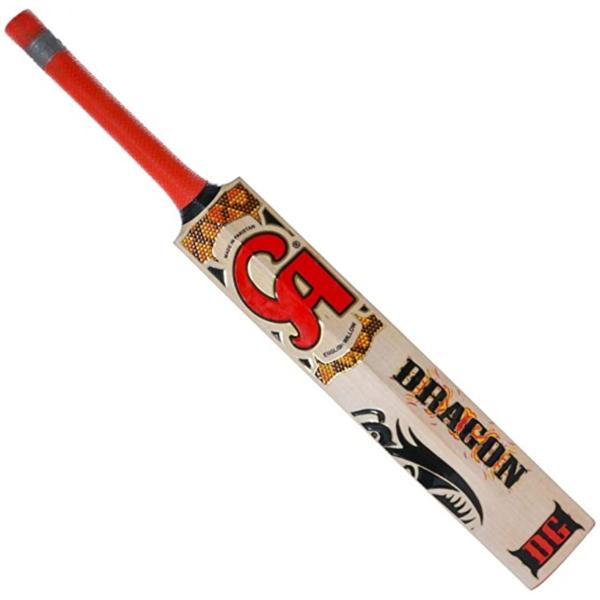Preparing your new bat
Preparing a new bet, or “knocking it in”, is a vital process to undertake before heading out to the crease. Although all cricket bats are pressed, knocking in the bat ensures that the willow fibres in the face and edges become compressed and create a firm barrier that protects your bat from the cricket ball. Knocking in your new bat generally takes about six hours depending on the willow’s softness or strength.
Here is how to prepare and knock in your new cricket bat.
Oiling your bat
Oiling is essential for cricket bats. It stops the willow from drying out and greatly reduces the risk of cracking. When first purchased, natural-faced bats should be lightly sanded with 150 grit sandpaper to remove polish and then lightly oiled (10 cent coin worth of oil) with cricket bat oil or linseed oil all over the face and the toe using a soft rag or your finger (do not apply oil to the splice as it can weaken the glue).
Knocking in your bat
When you knock-in a cricket bat, you compress the fibres of the willow and knit them together. This gives the bat the strength it needs to withstand the impact of a cricket ball.
Every cricket bat needs to be “Knocked-In”. Some cricket bats claim to be “pre-prepared” in the factory, but this does not mean that the bat is ready for use. A pre-prepared bat will have been oiled, pressed, and lightly knocked-in by hand, but it will still need a minimum of 2-hours knocking-in before it can be used. Bats that are not pre-prepared will need even longer (around 5 to 6 hours).
The more thorough the knocking-in process, the less chance there is of your bat breaking.
The 'knocking in' process should be undertaken carefully. Knocking using a special bat mallet or an old, quality cricket produces best results but may require lots of time and patience. The bat should be repeatedly struck (with gradually increasing force) in all areas where one would normally expect to hit the ball, this conditioning must be performed with patience.
Particular attention should be given to the edges, although the edges or toe should not be struck directly at right-angles to the blade as this would be likely to cause damage.
This stage should take in the region of six hours, although it may vary as every bat is different.
Before using your bat in a match, you should always test it at training, in the nets, and preferably with an old ball to see that it is knocked in properly.



